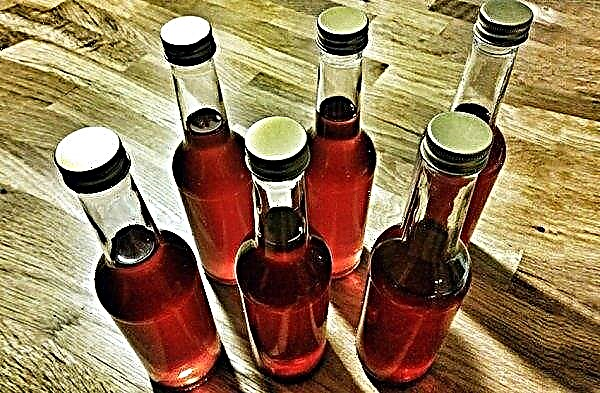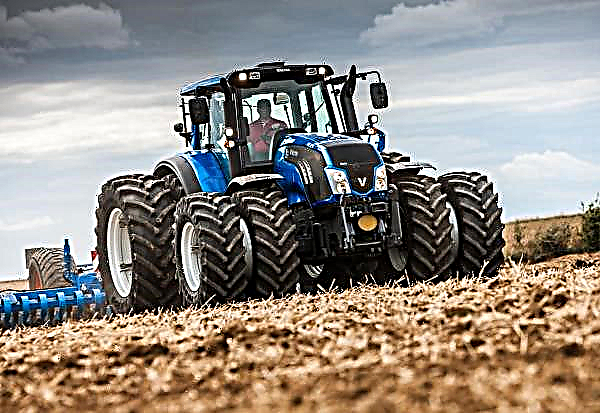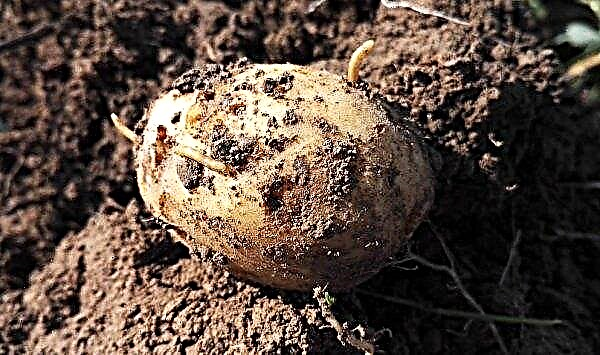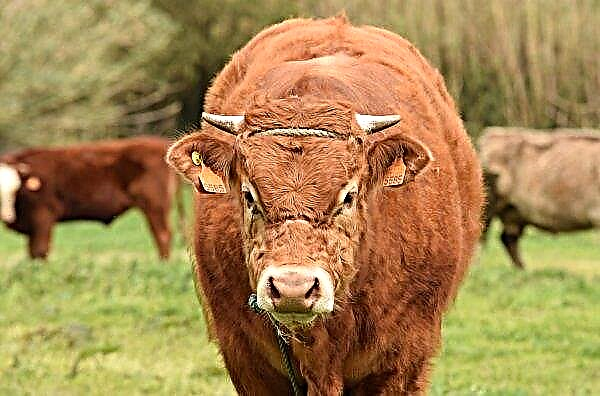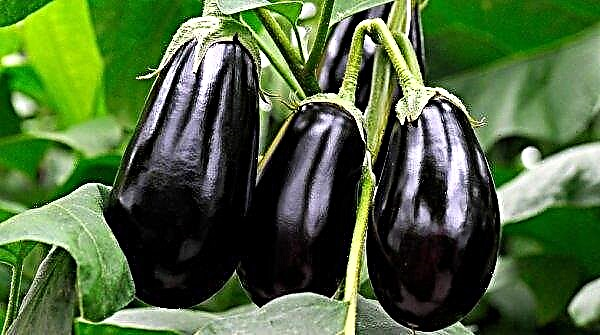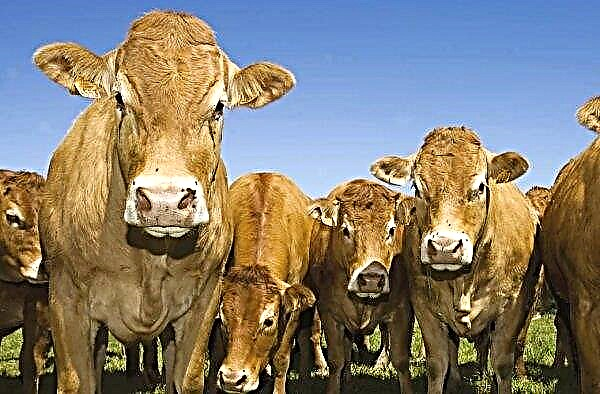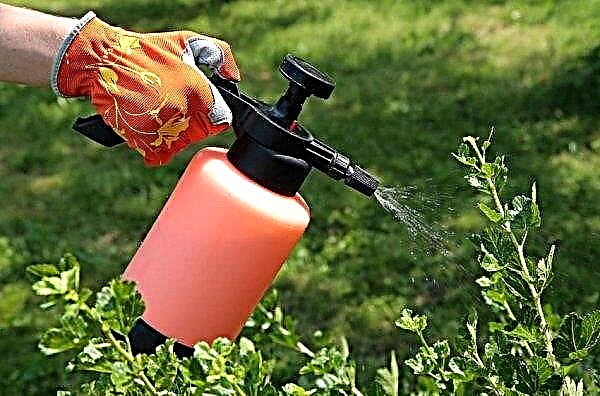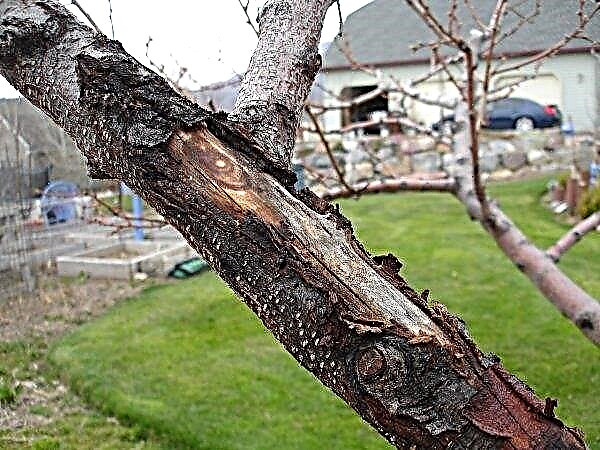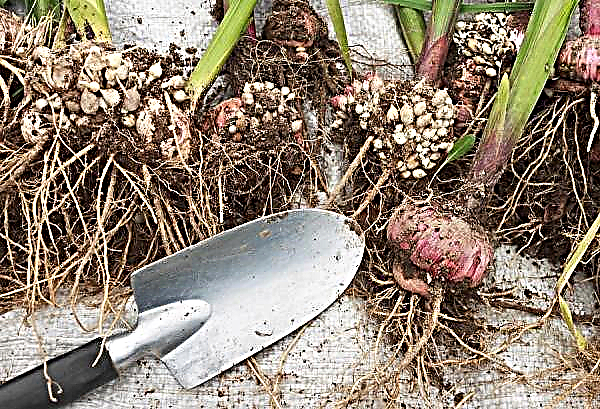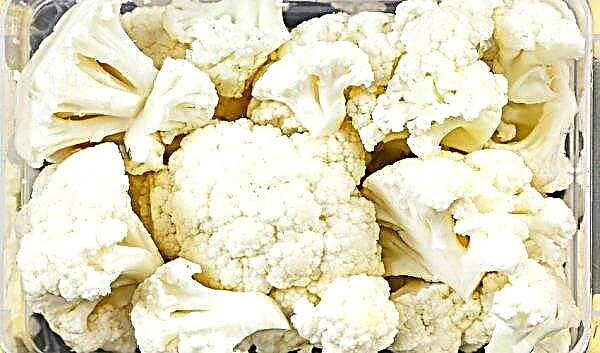Oyster mushroom is one of the simplest, purest and most protein-rich foods on our table. Despite the constant availability of this product on store shelves, many people prefer to grow oyster mushroom on their own at home, especially since special skills are absolutely not required to get a good harvest. All that is needed is a dark, cool room with a sufficient level of humidity and a properly prepared substrate for oyster mushrooms.
The desired composition of the substrate
The substrate in which these tasty and healthy mushrooms are grown can be purchased ready-made or made independently. There are several options for preparing a nutrient medium for mycelium. It all depends on how much crop the person who grows mushrooms wants to get at home.
The desired mixture is quite simple to make at home, this does not require special equipment.
Most often, a nutrient fungal medium is made of the following components:
- straw;
- chips and sawdust of deciduous trees;
- husk of sunflower seeds;
- stalks of corn.

Substrate Preparation
For all these components, there is only a single and categorical requirement - derivatives for the mycelium propagation medium must be fresh and thoroughly disinfected. Otherwise, oyster mushroom will grow poorly, or even die.
For the cultivation of oyster mushrooms, cottage cellars, closets or garage pits are suitable. Some lovers grow mushroom crops even on old stumps - this is quite troublesome, but does not require the preparation of a special substrate.Important! When growing oyster mushrooms in no case can you use tap water, since the impurities contained in it can simply kill the mycelium. Water must be purified and of good quality.
Where more often the mycelium is laid in large plastic bags with a nutrient mixture and hung on hooks. All that is needed for the further fruiting process is maintaining a certain temperature in the room, not exceeding + 24 ° C, and a sufficient level of humidity, which should not be lower than 75%. In addition, oyster mushroom does not like light and is very moody to drafts. 1 - moisturizing and mixing the substrate; 2 - mixing pasteurized substrate with mycelium; 3 - drawing cuts on a bag filled with seeded substrate; 4 - placement of blocks for growing mushrooms on shelves with vertical suspension
1 - moisturizing and mixing the substrate; 2 - mixing pasteurized substrate with mycelium; 3 - drawing cuts on a bag filled with seeded substrate; 4 - placement of blocks for growing mushrooms on shelves with vertical suspension
From the husks of sunflower
For those who prefer to grow oyster mushroom exclusively for their own use, it is most convenient to use sunflower husk as a substrate. It can be purchased at any creamery or obtained in an elementary way - by husking seeds and collecting cleanings.
Important! Before cleaning the seeds, they must be thoroughly fried to prevent the spread of harmful bacteria and mold on the waste. However, the husk of burnt seeds is not suitable for the preparation of the substrate, since it contains very few nutrients.
A sufficient amount of sunflower husk must be pre-processed in the following order:
- Thoroughly dried husks are tamped with a wooden pestle to get a denser structure.
- The compacted husk is poured into cans and poured with water, the temperature of which is + 25 ° C, mixed and left for 20 minutes.
- After this time, the liquid is drained and the husk is carefully squeezed out.
- The substrate is poured with hot water, the temperature of which should be at least + 70 ... + 80 ° C and left for 6-8 hours.
- Water is completely drained from the can. To do this, wrap the neck with several layers of gauze, turn the jar over and leave it in this position for 1.5–2 hours.
- The substrate is enriched (this procedure is described in more detail below) and is transferred to plastic bags along with mycelium.

From straw
Among summer residents engaged in the cultivation of oyster mushrooms, the use of straw for the preparation of the substrate is popular. I must say that this is a cheaper, but more dangerous option than a sunflower husk, since a large number of representatives of pathogenic microflora are present on the straw.
Before use, the straw must be crushed into fractions of 2–4 cm in size. Further, the substrate is subjected to the following procedures:- Chopped straw is poured into polypropylene bags, which are completely immersed in boiling water over low heat for 2 hours.
- Pull out the bags and let them drain completely.
- The wet substrate is enriched and put together with mycelium in transparent bags.

To prepare straw, you can use the method of cleaning by fermentation. In this case, do the following:
- Submerge chopped straw in boiling water and keep there until completely cooled.
- Pour boiling water over the mixture again and leave for 8-9 hours.
- Pull out the straw, spread it in a thin layer on a cleaned surface in a well-ventilated area.
- Dry for 72 hours.
- Bring to the required humidity level and populate oyster mushrooms with spores.
The method of purification by fermentation allows almost completely removing pathogenic organisms from the substrate in a natural way.
Video: Preparation of a substrate from straw for growing oyster mushrooms
From sawdust
A good crop of oyster mushrooms is also obtained on a substrate from sawdust. But the choice of components for such a nutrient mixture should be paid special attention to. For the manufacture of the substrate, you should choose wood waste from exclusively deciduous trees, such as birch, ash, aspen, poplar. It is undesirable to allow ground coniferous waste to enter the nutrient mixture.
Did you know? Dr. Aletia Vasquez-Morillas from the University of Mexico City came up with an unusual way to breed oyster mushrooms. In 2011, she grew mushrooms on a substrate from used and disinfected baby diapers.
Sawdust should be light, slightly yellowish in color, with a bright aroma of wood. A gray shade warns of the presence of mold on their surface, which is detrimental to oyster mushrooms. Like other ingredients, sawdust needs preliminary heat treatment, consisting of several stages:
- Sawdust is poured tightly into a large container, poured with water and boiled for 2 hours.
- After 60 minutes after boiling the liquid, add slaked lime to the dishes at the rate of 1 tbsp. l to a 20 liter capacity.
- After the boiling time has elapsed, the water is drained, leaving sawdust under oppression.
- Cool the substrate to + 25 ° C.
- Squeeze the sawdust properly, achieving a moisture level of 70–75%.
- Enrich the nutrient mixture.
- Place the substrate along with mushroom mycelium in transparent bags.

Processing the substrate before planting
Fans of experiments often mix substrate components, deriving their ideal proportion, which makes it possible to get a generous mushroom crop. But no matter what kind of mixture is used, it needs to be enriched after the cleaning procedure.
To increase productivity in the humid environment as a percentage of the amount of the main ingredient make the following additives:- gypsum: 2%;
- superphosphate: 0.5%;
- urea: 0.5%;
- ground limestone: 2%.

Also, some impurities are added to the main ingredient:
- malt;
- soy flour;
- bran;
- beer grains.
 Such additives maintain the nitrogen level in the substrate at the right level, which is good for the fruiting of mushrooms.
Such additives maintain the nitrogen level in the substrate at the right level, which is good for the fruiting of mushrooms.Often, when growing oyster mushrooms, beginners make a common mistake by incorrectly populating the mycelium in a permanent place. The mushroom picker is usually stored in the refrigerator at a temperature of 0 ... + 2 ° C. So she retains her vital properties.
If the chilled planting material is not able to withstand several hours at room temperature before being discharged into the nutrient mixture, the mycelium will receive a shock, which will negatively affect its life. And the reason for the poor harvest in this case will not be a bad substrate, but a violation of the production technology of the product.
A lot of controversy arises about the method of planting mushrooms in a nutrient medium. So, some breeders prefer to sow mycelium in layers, while others believe that it is better to mix spores with the mixture. But this is a matter of taste only.Important! An excess of micronutrients in the mixture is detrimental to oyster mushrooms - it has the ability to heat the substrate, which, in turn, leads to the destruction of the mycelium.

Oyster mushroom is an excellent product, so why not use the opportunity to grow it in your own cottage in the basement. In addition to obtaining a tasty, environmentally friendly crop, this is also an exciting activity. Indeed, through the transparent wall of a plastic bag, one can observe how a new mushroom develops and grows from a tiny spore.

